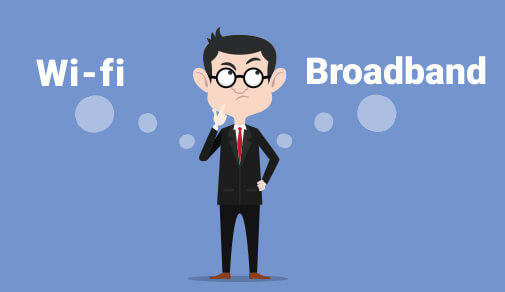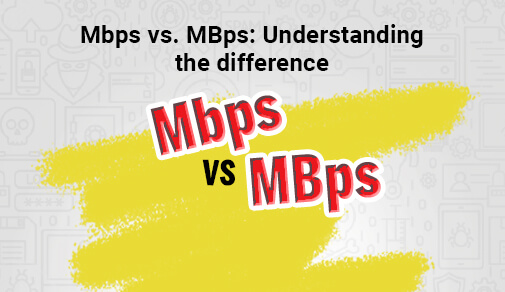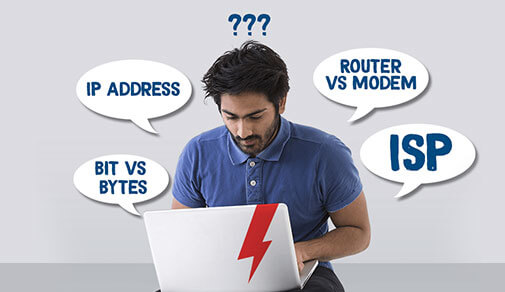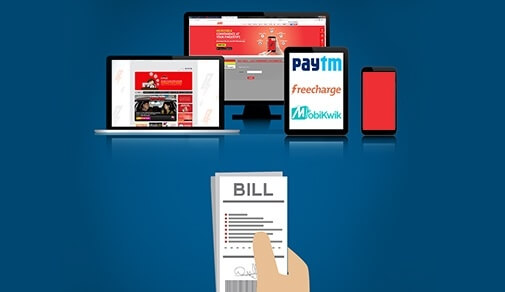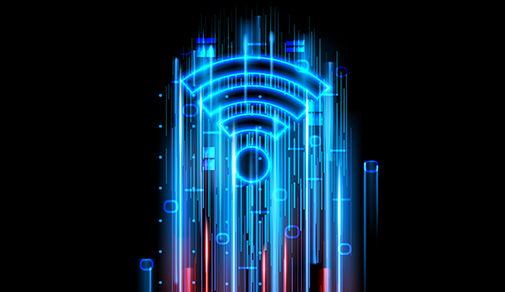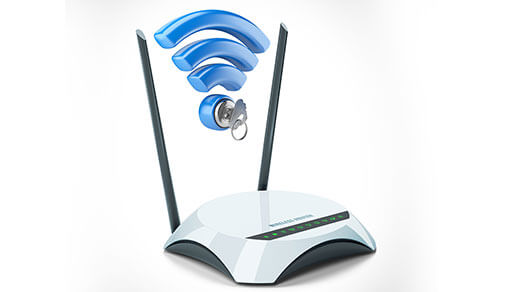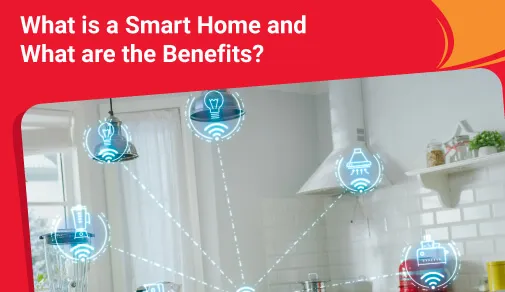
Imagine stepping inside your home through a smart door lock that gives video and audio feed of any activity outside the main door. As you enter, the lights get turned on their own or even change colour at your will. Now that sounds convenient and a bit of science fiction - except it is not!
A smart home is a residence that uses high-speed internet to run smart devices that can automate tasks and make your life easier. They are driven by IoT or the Internet of Things. All you need is an internet connection to remotely control the smart devices as per your preferences.
How to Design a Smart Home?
You might think smart home innovation is new, but it has been around for a few years. Bill Gates has had a smart home named Xanadu 2.0 since 1995, equipped with smart devices and wearable technology. He spent more than $100 million on his smart mansion, allowing guests to change temperature, music, lighting, and other aspects at their command.
When we think of a smart home, we often consider it an expensive venture. However, it is easy to assemble it yourself with lower costs in an effective manner. For beginners, you can start with a smart security system and lights to get the hang of it. Using a stable internet connection, you can individually take different components and put them together. Here is how to incorporate smart devices to build yourself a smart home system:
Smart lighting
Smart lighting can be a great and inexpensive entry point for those looking to build a smart home. Most smart lighting systems can work perfectly with other smart elements such as smart speakers or displays to give you the best customisation options. It is easy to control them with your smartphone, even remotely.
Forgot to switch off the lights? It is easy to turn them off using your smartphone in one click from virtually anywhere. Another great thing about these smart lights is that they can sense motion and regulate themselves upon the availability of natural light.
Smart speakers
A smart speaker works best in conjunction with other smart devices. You can dim the lights by simply giving a voice command to your smart speaker or letting it play a song of your choice.
Smart thermostats
A smart thermostat is many notches better than a regular thermostat. Not only does it deliver comfort, but it also saves a ton of your electricity bills. Some thermostats come equipped with voice control for ease of use.
Smart doorbells
Gone are the days when your doorbell just rang and did nothing else. Smart doorbells are the new ‘it’ thing, and they can keep a watchful eye outside your home with their video and audio feed accessible on your smartphone without needing to go out.
Smart smoke detectors
Smart smoke detectors not just detect smoke but also go one step ahead to alert the local authorities and even send alerts on your smartphone in case of an emergency.
Smart televisions
Smart TVs are just like a normal TV, except that users can access IoT streaming on them. A smart TV can stream Netflix, Hulu, etc., without additional setup. You can also convert your normal TV into a smart TV by pairing it with a system such as Chromecast.
Smart plugs
Smart plugs can make your life easier by letting you control the plugged device through voice control or the app. You can control the plugged device or power it on and off from the app even remotely using a smart plug.
Robot vacuums
Access to a robot butler may be a far-fetched dream, but you can certainly use a robot vacuum to get your home squeaky clean. Robot vacuums use Artificial Intelligence (AI) to map the area and navigate around your home. They are equipped with sensors that detect obstacles and cameras that spot dirty areas to clean. Some can even send pictures and videos to your smart device.
Smart kitchen appliances
There is a plethora of smart home and kitchen appliances that can make the job easier for you. Smart coffee makers, smart refrigerators, and smart dishwashers are some smart appliances that you can include to upgrade your home.
The Role of the Internet in Powering Your Smart Home
A set of smart devices connected to a smart home system or hub are accessible through high-speed internet, referred to as the internet of things (or IoT). This allows users to control these smart home devices in a single place. Therefore, having a strong Wi-Fi connection is necessary for information sharing. Though one Wi-Fi router is enough for a small house, a bigger one may require multiple routers.
An IoT system aims to make smart home systems more convenient and user-friendly. The main features of IoT systems that do so include –
Control –This feature enables devices to be accessed and controlled remotely.
Automation –Some smart devices can operate independently of other devices through automation.
Monitoring – It enables you to monitor power consumption, efficiency, and the current state of any smart device.
How does Smart Home Technology Work?
Smart home technology, also known as Home Automation, allows users to control or manage various aspects of their home and smart devices using the Internet of Things (IoT).
The earlier case of smart home technology dates back to the 1960s when a prototype home computer, Echo IV, was developed along the lines of home automation. Fast-forward to 1975, X10 system technology made a leap in home automation by introducing remotely controlled devices to the existing electrical wiring.
The penetration of mobile devices and tablets has taken smart home technology up a notch. It is possible to control devices from unfathomable distances remotely. Today, manufacturers are using Insteon and Z-wave for safer home automation. With radio waves, electricity and wireless technology, various devices are connected and can be remotely controlled from one place. There are different ways to control smart home devices and achieve home automation:
Central control
Consider it the core of the home automation system that controls every device - from smart lights to phone systems, washers and dryers. This type of automation is more prevalent in upscale residences or business spaces. It allows users to access different aspects through one system mounted on a wall. However, it can be expensive and need professional installation services.
App-based
App-based technology uses your home network to control all smart devices connected via Wi-Fi, and you can access them through the app on your smartphone or tablet.
You can control all smart devices from one place once you have created your account on the app. These devices can communicate with one another, and you can also control most of these devices remotely through cloud-based home automation. For non-cloud-based devices to work, make sure that you are in close vicinity.
Setting up a DIY smart home yourself through app-based home automation is easy. Most small spaces and apartments have several smart devices that remain connected and easily accessible via the app.
Why are Smart Homes Important?
The possibilities with smart home technology are endless. Without a doubt, smart homes can make your everyday lives better. All it takes is upgrading your regular devices with smart ones, which allows you to automate household chores and save a lot of time and energy.
With the unprecedented advances in the realm of technology, every part of your home can be automated using the best internet connection. To get a better understanding, let us look at the key benefits of having a smart home:
Convenience
We all crave that comfort where we can get things done precisely when or where we need them. It is okay to find that comfort zone where you can be a little lazy or spend that time doing other essential tasks. Smart devices make it possible to turn on or off lights, switch television channels, and more through a simple voice command or app control. It certainly adds a great deal of convenience for everyone at home.
Energy efficiency
Most smart home devices are energy efficient and sustainable in the long run. This is great for those looking to reduce their carbon footprint. With smart devices, it is easy to lean into a sustainable lifestyle.
Security
Conventional security devices can only do so much. Smart security systems are equipped with advanced features that make you feel much safer at home. This is especially important when you are away from home and want to keep the potential intruders away from any location.
Savings
One of the best advantages of having a smart home is the monetary savings; the cost of setting up is also low. All you need is the internet for home and get your smart devices working in an instant. Smart bulbs can save up to 75% more energy than traditional incandescent bulbs and last longer than them.
Accessibility
Aside from regular benefits, smart homes greatly help people with disability issues and the elderly. Devices such as smart lights and speakers make daily chores more manageable while empowering independent living.
Streamlined chores
Smart devices enable you to streamline chores and overcome everyday challenges. You can delegate tasks, take help from voice assistants, get your home squeaky clean through robot vacuums, do your laundry remotely through smart washing machines, brew coffee from bed using the app just in time, and so on.
Easy to install
Most smart devices are easy to set up or install. You do not need a professional to do so. You can start with DIY products and implement them using simple instructions yourself.
How Much Internet Speed does Your Smart Home Need?
A steady, high-speed internet connection is essential for running smart home devices. It can be a real damper when you have issues with your internet connection and your smart devices are not working correctly.
To ensure a top-notch experience, you need a high-speed internet connection that offers decent speed. With technologies such as 5G, Bluetooth, and NFC, it is easy to ensure that your smart home runs smoothly and seamlessly without any lag. Every smart home has unique needs depending on the number and type of smart devices installed. Therefore, the type and speed of the internet connection will also vary.
Generally, you will need a standard internet connection that offers a downloading speed of 25 Mbps and an uploading speed of around 5 Mbps. Most devices, such as smart thermostats and speakers, will work fine without affecting your internet bandwidth. But if you have smart devices requiring data transfers, you might need to upgrade your standard internet connection plan.
As a rule of thumb, add around 5 Mbps to your existing internet connection for every new smart device you install. If you have smart security cameras, make that to 10 Mbps. While you can ensure that your smart home runs well in your existing internet plan by implementing a few tweaks, it is always recommended to go for a high-speed internet plan. A reliable and fast internet connection can withstand additional load in the time of need. It will not only fulfil your day-to-day internet needs but also meet the needs of all your smart devices. Furthermore, also pay attention to the router. It should be capable of handling the internet speed and bandwidth without any slowdowns.
Be Part Of Our Network
All Categories
- BUSINESS INTERNET
- Router
- Internet Security
- Wi-Fi Connection
- Wi-Fi Network
- Internet Broadband
- smartfiber
- Internet Speed
- TV Streaming
- Wifi Connection
- BEST BROADBAND PLANS
- BROADBAND PLANS | 5GHz
- 2.4GHz
- 5GHz frequency
- 5GHz WiFi frequency
- 2.4GHz frequency
- LDRs
- LONG DISTANCE RELATIONSHIP
- ACT Fibernet
- wifi as a service
RECENT ARTICLES

Find the perfect internet plan for you!
